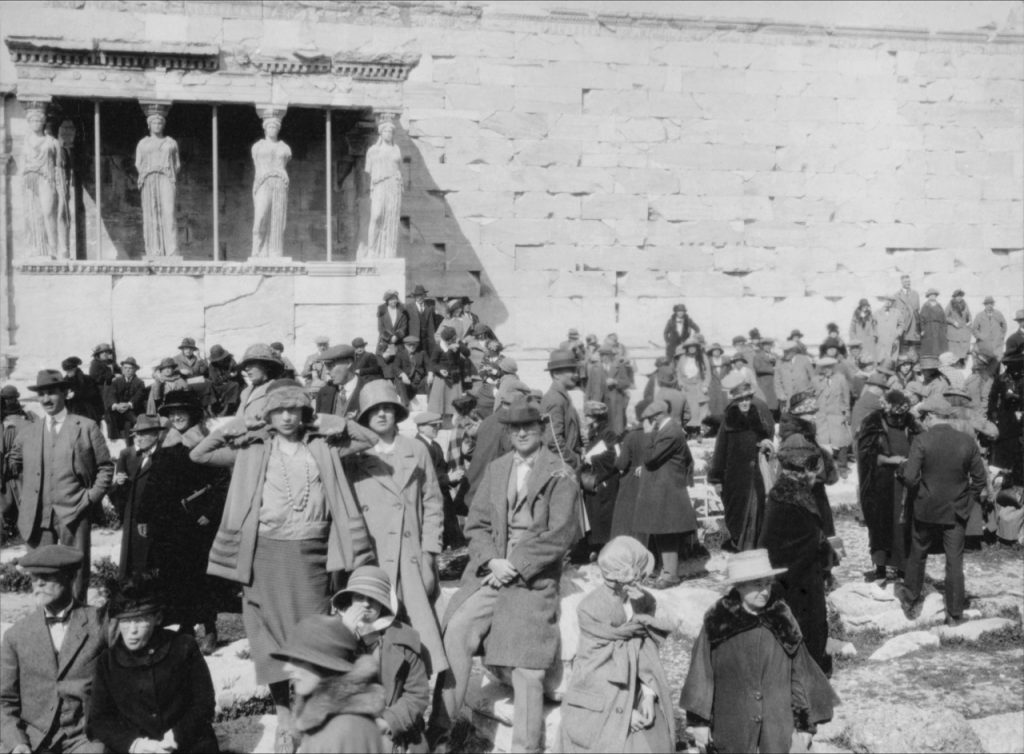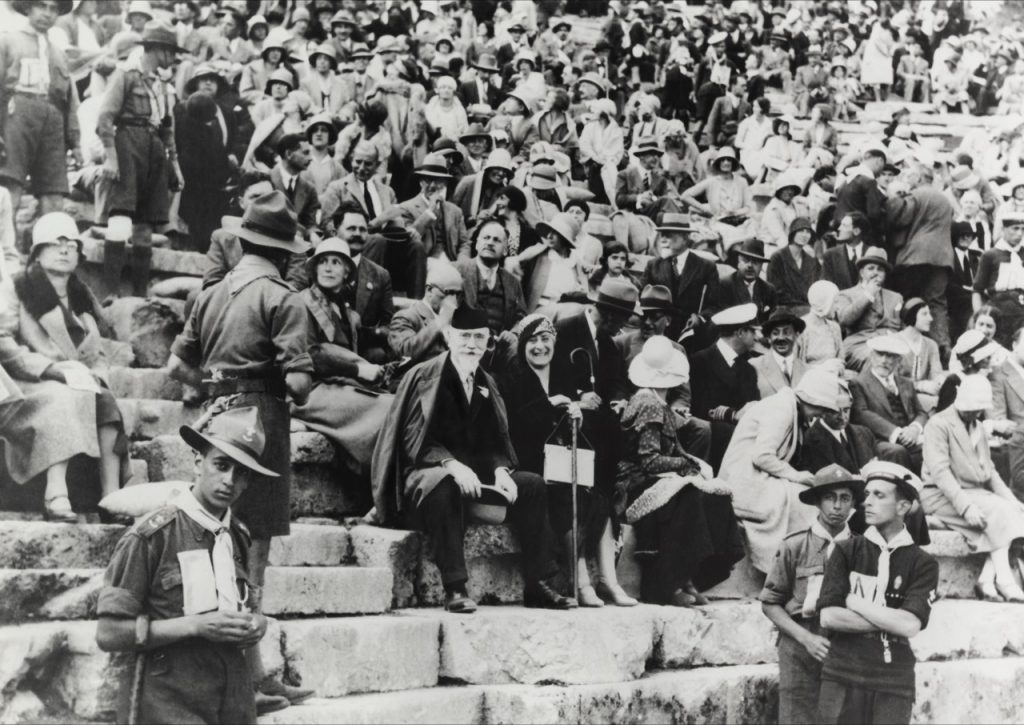What did Athens look like during the interwar years (1923–1940)? Was it merely a city divided between supporters of Eleftherios Venizelos and monarchists, or was it something much more? Maria Iliou’s documentary Athens in the Interwar Years, presented at the Megaron Athens Concert Hall on January 17, 18, 19, and 20, invites viewers to explore a pivotal period in understanding and shaping modern Greek society.

Featuring previously unpublished audiovisual material unearthed from archives in America, Europe, and Greece, Iliou’s documentary offers a kaleidoscopic perspective on the social, political, and cultural realities of Athens during what is often regarded as one of the city’s most turbulent and contradictory eras.
The 1922 influx of refugees from Asia Minor brought new energy to Athens, revitalizing its culture and economy. Industry and shipping flourished, a new middle class emerged, and a growing working class asserted its presence through street protests. During this same period, women entered the workforce and, for the first time, swam alongside men at Palio Faliro during the summer, wearing swimsuits.
As Athens experienced democracy for the first time, the city underwent significant transformations. At the foothills of the Acropolis, the Vrysaki district was demolished, making way for the rediscovery of the Ancient Agora. Meanwhile, Omonia Square was modernized with the introduction of an electric railway.
During his second term, Eleftherios Venizelos brought water to the city, built schools, and inaugurated Athens’ first airport.
In the arts, the Generation of the ’30s reshaped Greek culture forever, with luminaries such as Giorgos Seferis and Odysseas Elytis in poetry; Yiorgos Theotokas, M. Karagatsis, and Angelos Terzakis in literature; and Michael Tombros, Yannis Moralis, Nikos Hadjikyriakos-Ghikas, and Yannis Tsarouchis in painting.

Musically, Athenians sang the compositions of Attik and Kostas Giannidis, while the rebetiko genre dominated in the city’s peripheral neighborhoods.
However, the Wall Street Crash of 1929, the return of the monarchy, the dictatorship of Ioannis Metaxas, and the outbreak of the Greco-Italian War brought this vibrant period to an end.
Maria Iliou and her team tell the story of interwar Athens through a blend of narratives, photographs, film clips, and the city’s soundscape—designed by Aliki Panagi—combined with reconstructed period music and original compositions by Katerina Polemi. Together, they recreate the atmosphere of this remarkably creative yet deeply contradictory era.
The documentary is a production of Proteas and Proteus NY Inc and is screened in both Greek and English. Tickets have a cost €10 and can be purchased here.



